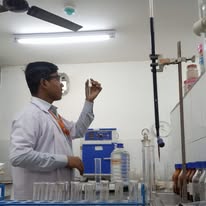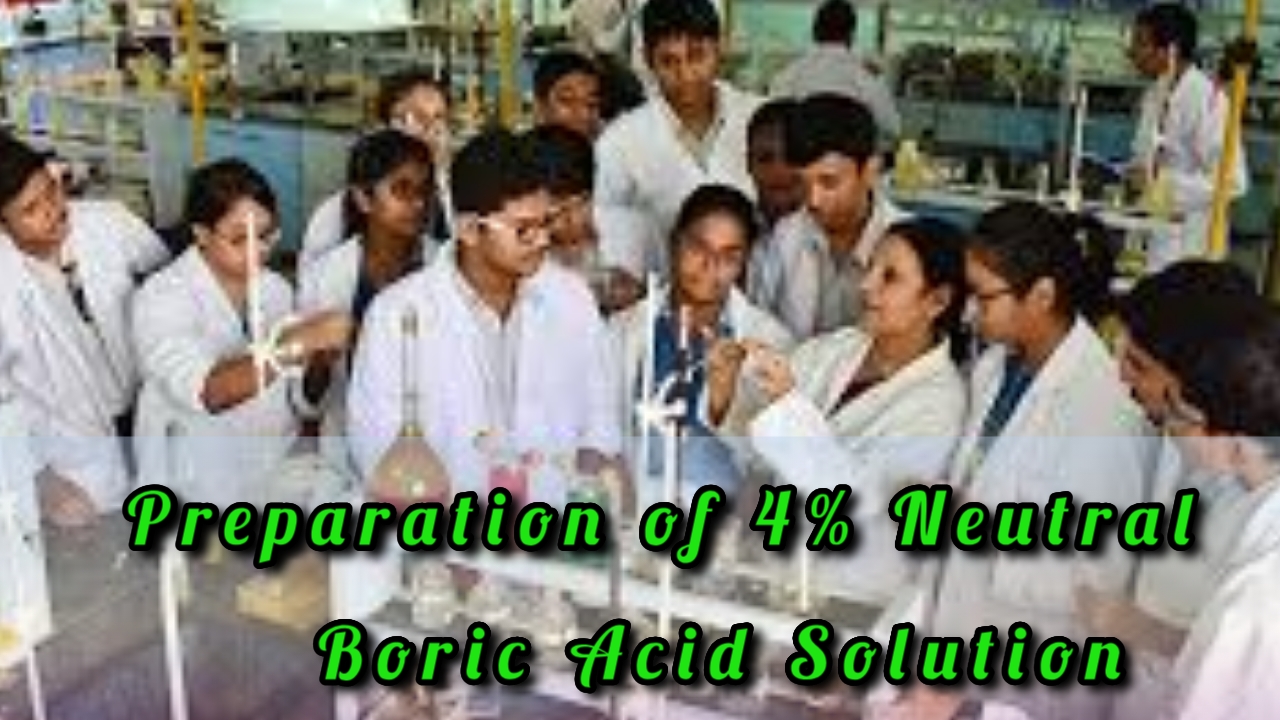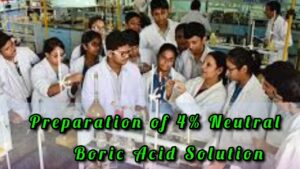Naphthalene, Structure and Reactivity & Other Names Of Naphthalene
Naphthalene
Naphthalene is an organic compound with formula C10H8
It is the simplest polycyclic aromatic hydrocarbon, and is a white crystalline solid with a characteristic odor that is detectable at concentrations as low as 0.08 ppm by mass.As an aromatic hydrocarbon, naphthalene’s structure consists of a fused pair of benzene rings. It is best known as the main ingredient of traditional mothballs.
Naphthalene
Other Names Of Naphthalen
white tar, camphor tar, tar camphor, naphthalin, naphthaline, antimite, albocarbon, hexalene, mothballs, moth flakes
Structure and Reactivity
A naphthalene molecule can be viewed as the fusion of a pair of benzene rings. (In organic chemistry, rings are fused if they share two or more atoms.) As such, naphthalene is classified as a benzenoid polycyclic aromatic hydrocarbon(PAH). There are two sets of equivalent hydrogen atoms: the alpha positions are numbered 1, 4, 5, and 8 (per diagram in right margin), and the betapositions, 2, 3, 6, and 7.
Unlike benzene, the carbon–carbon bonds in naphthalene are not of the same length. The bonds C1−C2, C3−C4, C5−C6 and C7−C8 are about 1.37 Å (137 pm) in length, whereas the other carbon–carbon bonds are about 1.42 Å (142 pm) long. This difference, established by X-ray diffraction,[17] is consistent with the valence bondmodel in naphthalene and in particular, with the theorem of cross-conjugation. This theorem would describe naphthalene as an aromatic benzene unit bonded to a diene but not extensively conjugatedto it (at least in the ground state). As such, naphthalene possesses several resonancestructures.
Two isomers are possible for mono-substituted naphthalenes, corresponding to substitution at an alpha or beta position. Bicyclo[6.2.0]decapentaeneis a structural isomer with a fused 4–8 ring system.
How To Preparation and Standardization of 0.1N KMnO4 Solution?
Determination of Free Fatty Acids (FFA)
Why Does Rainwater Conduct Electricity While Distilled Water Doesn’t? (Objective Questions & Answers)
What is the name of the compound: NH3?
Naphthalene: Uses & Applications
1. Common Uses of Naphthalene
✔ Household & Commercial Uses
- Moth Repellent (Traditional Use)
- Naphthalene balls are placed in closets and storage boxes to repel moths and insects.
- Note: Many countries now restrict its use due to toxicity (replaced by paradichlorobenzene or natural alternatives like cedar oil).
- Deodorant & Disinfectant
- Used in toilets and trash cans to mask odors.
✔ Industrial & Chemical Applications
- Manufacture of Phthalic Anhydride (Key Chemical Intermediate)
- Used to make plasticizers (for PVC), dyes, and resins.
- Production of Synthetic Dyes
- Naphthalene sulfonates are used in textile dyes (e.g., azo dyes).
- Pesticides & Insecticides
- Found in some agricultural fumigants (though declining due to toxicity concerns).
- Solvent & Chemical Feedstock
- Used in some industrial solvents and as a precursor for naphthalene sulfonates (used in concrete additives).
✔ Laboratory & Scientific Uses
- Organic Synthesis
- Used in the production of naphthols, naphthylamines, and other aromatic compounds.
- Fumigant in Entomology
- Sometimes used to kill insects in specimen collections.
2. Safety & Environmental Concerns
⚠ Toxic if Inhaled or Ingested
- Can cause hemolytic anemia (destroys red blood cells) in humans and pets (especially dangerous for G6PD-deficient individuals).
- Symptoms: Headache, nausea, jaundice.
⚠ Flammable
- Sublimes easily (turns from solid to gas), creating flammable vapors.
⚠ Environmental Harm
- Toxic to aquatic life; banned in some countries (EU, Canada restrict mothball use).
3. Alternatives to Naphthalene Mothballs
- Para-dichlorobenzene (PDB) mothballs (less toxic but still hazardous).
- Natural repellents (cedar wood, lavender, neem oil).









Post Comment